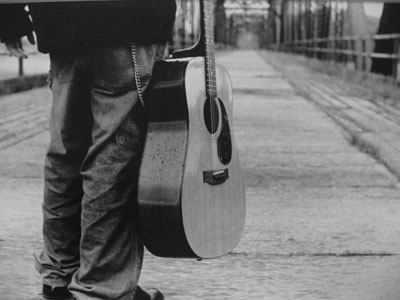All Nonfiction
- Bullying
- Books
- Academic
- Author Interviews
- Celebrity interviews
- College Articles
- College Essays
- Educator of the Year
- Heroes
- Interviews
- Memoir
- Personal Experience
- Sports
- Travel & Culture
All Opinions
- Bullying
- Current Events / Politics
- Discrimination
- Drugs / Alcohol / Smoking
- Entertainment / Celebrities
- Environment
- Love / Relationships
- Movies / Music / TV
- Pop Culture / Trends
- School / College
- Social Issues / Civics
- Spirituality / Religion
- Sports / Hobbies
All Hot Topics
- Bullying
- Community Service
- Environment
- Health
- Letters to the Editor
- Pride & Prejudice
- What Matters
- Back
Summer Guide
- Program Links
- Program Reviews
- Back
College Guide
- College Links
- College Reviews
- College Essays
- College Articles
- Back
The Intrigue of the Industrial Revolution
The infamous Industrial Revolution was said to be the transition into new manufacturing processes that got continued between 1820 and 1840. This transition was like a jump into the future, for example, things that were once done by hand were transitioned into the work of machines. Which also meant a lot of people were out of their jobs. Although it was not all bad, in fact it was a step toward what our life is today. Good improvement such as, new iron production processes, improved way of getting water, new developing chemical manufacturing, the continued and increasing use of steam power, and of course the development of machine tools. The Industrial Revolution also involved the adjustment from wood and other biofuels to the use of coal which began in England and spread to Western Europe and the United States in a rather short timeframe.
The Industrial Revolution is explained as a major turning point in history; basically everything in human daily life back then was influenced by this revolution. To be more specific, the average population and income began to experience groundbreaking, some would even say revolutionary sustained growth. Nobel prize winner Robert E. Lucas had once said; "For the first time in history, the living standards of the masses of ordinary people have begun to undergo sustained growth ... Nothing remotely like this economic behavior is mentioned by the classical economists, even as a theoretical possibility."
Few 20th-century historians, for example John Clapham and Nicholas Crafts have said that the use of the word revolution was not accurate, they said that the processes of social and economic change happened gradually over time. This subject created a huge debate among historians, and still does to this day. GDP per capita was considered quite stable, well stable until the Industrial Revolution and the immediate importance of the modern capitalist economy. The Industrial Revolution struck an era of per-capita economic growth in capitalist economies. This is one thing that economic historians agree on, they say that the sudden onset of the Industrial Revolution was and is the most important event in all of history since the domestication of animals and plants.
It is said that there was more than one Industrial Revolution. It is said that the first Industrial Revolution progressed into the Second Industrial Revolution during the many years between 1840 and 1870, when advances in technology and economic progress started gaining huge momentum, along with the continued increasing use of steam powered boats, ships, railways. Not to mention the giant scale of manufactured machine tools, and the rapidly rising number of steam powered factories in use.
A huge advancement in the technology departing would be the increasing number of textiles, which were mechanized cotton spinning powered by water or steam which increased the output of workers by factor of approximately 1000. The cotton gin hugely raised the number of productivity. There were giant gains in productivity that occurred as a result of spinning of wool and linen, and the weaving of wool and linen, but they did not measure up to the gain in productivity as cotton.

Similar Articles
JOIN THE DISCUSSION
This article has 0 comments.
